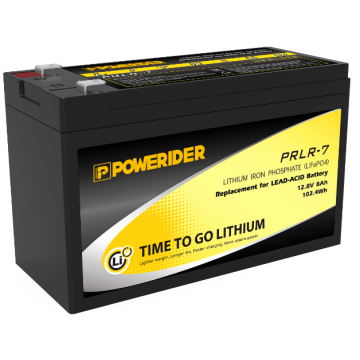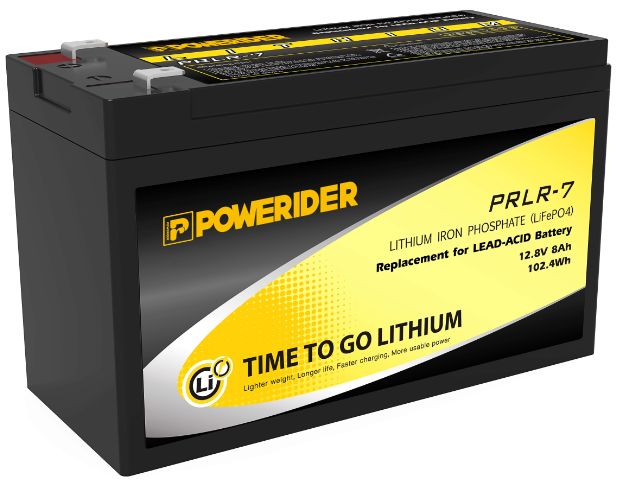
Privacy statement: Your privacy is very important to Us. Our company promises not to disclose your personal information to any external company with out your explicit permission.
![]() February 05, 2024
February 05, 2024

In recent years, the market demand for large batteries has been increasing. The promotion of this includes the pure electric vehicles that are expected to become popular in the future, and the large-sized rechargeable batteries used in stationary power storage systems that have received much attention since the Great East Japan Earthquake on March 11, 2011.
Previous research and development protagonists have been rechargeable batteries for portable terminals. However, since the battery capacity and performance required for each product greatly exceeds that of portable use, large batteries for automobiles and stationary applications are gradually becoming the main targets of research.
In addition to the high capacity required for batteries for portable terminals, large batteries used for automobiles and stationary applications have high requirements for long life and high safety (Fig. 1). For example, the lifespan, lithium ion rechargeable batteries for portable terminals can be maintained as long as the product is in the redemption cycle of about 2 years. Large batteries must be guaranteed for a longer period of 10 or 20 years.
The automotive use and fixed market will expand rapidly in the future, so battery development has also begun to change dramatically. Not only is high capacity, but from the perspective of safety and longevity, all solid-state batteries are beginning to receive attention. In addition, the development of sodium ion batteries has accelerated due to resource issues.

According to the survey results of the survey company Fuji economy, although the current market size of pure electric vehicles (EV) is tens of thousands of vehicles per year, "the EV will gradually expand after 2020, and the global EV will reach 13.74 million by 2030." It is expected that the amount of fixed use will also increase exponentially with the popularity of renewable energy.
The negative impact of the surge in the rechargeable battery market is the potential for resource shortages. Especially the rare metal lithium (Li), the industry agrees that "one day lithium will also have a shortage of supply" (a battery related person).
In addition, more and more researchers are beginning to develop rechargeable batteries that do not use high-priced materials such as cobalt (Co) and nickel (Ni), which are currently used as positive electrode materials for lithium ion rechargeable batteries.
Regarding the most important capacity-enhancing indicators in the performance of batteries, all-solid batteries and lithium-air batteries, which are called "post-lithium-ion rechargeable batteries", have published their results. These publications are very popular and even stand up. Listen to the audience. As can be seen from the published content, in order to be put into practical use around 2020 to 2030 and achieve an energy density of 500 Wh/kg or more, battery developers are promoting basic research and development.
The goal of the current material development is to achieve an energy density of 300 Wh/kg while ensuring safety in 2020. In 2030, a new generation of batteries of 500 Wh/kg or more such as Li-S batteries and lithium-air batteries will be put into practical use.
However, it is not easy to realize a new generation of batteries with an energy density of 500 Wh/kg. Therefore, firstly, it is planned to realize an improved lithium ion rechargeable battery of about twice the energy density, that is, 200 to 300 Wh/kg, from 2015 to 2020.
The improved lithium ion rechargeable battery is intended to be replaced by a higher capacity material. As for the positive electrode material, the publication of the field of organic rechargeable batteries using organic compounds will increase every time. This type of battery can use low-cost organic compounds, but there are problems with the cycle characteristics. However, at this battery seminar, it was reported that charging and discharging can be used as a rechargeable battery for more than 30,000 times.
The negative electrode material has a candidate material such as silicon (Si) and tin (Sn) having a specific capacity of 2 times or more, that is, 1000 mAh/g. The longevity is the most difficult.
The above is the Post-lithium battery era: which battery technology will stand out we have listed for you. You can submit the following form to obtain more industry information we provide for you.
You can visit our website or contact us, and we will provide the latest consultation and solutions
Send Inquiry
Most Popular
lastest New
Send Inquiry

Privacy statement: Your privacy is very important to Us. Our company promises not to disclose your personal information to any external company with out your explicit permission.

Fill in more information so that we can get in touch with you faster
Privacy statement: Your privacy is very important to Us. Our company promises not to disclose your personal information to any external company with out your explicit permission.